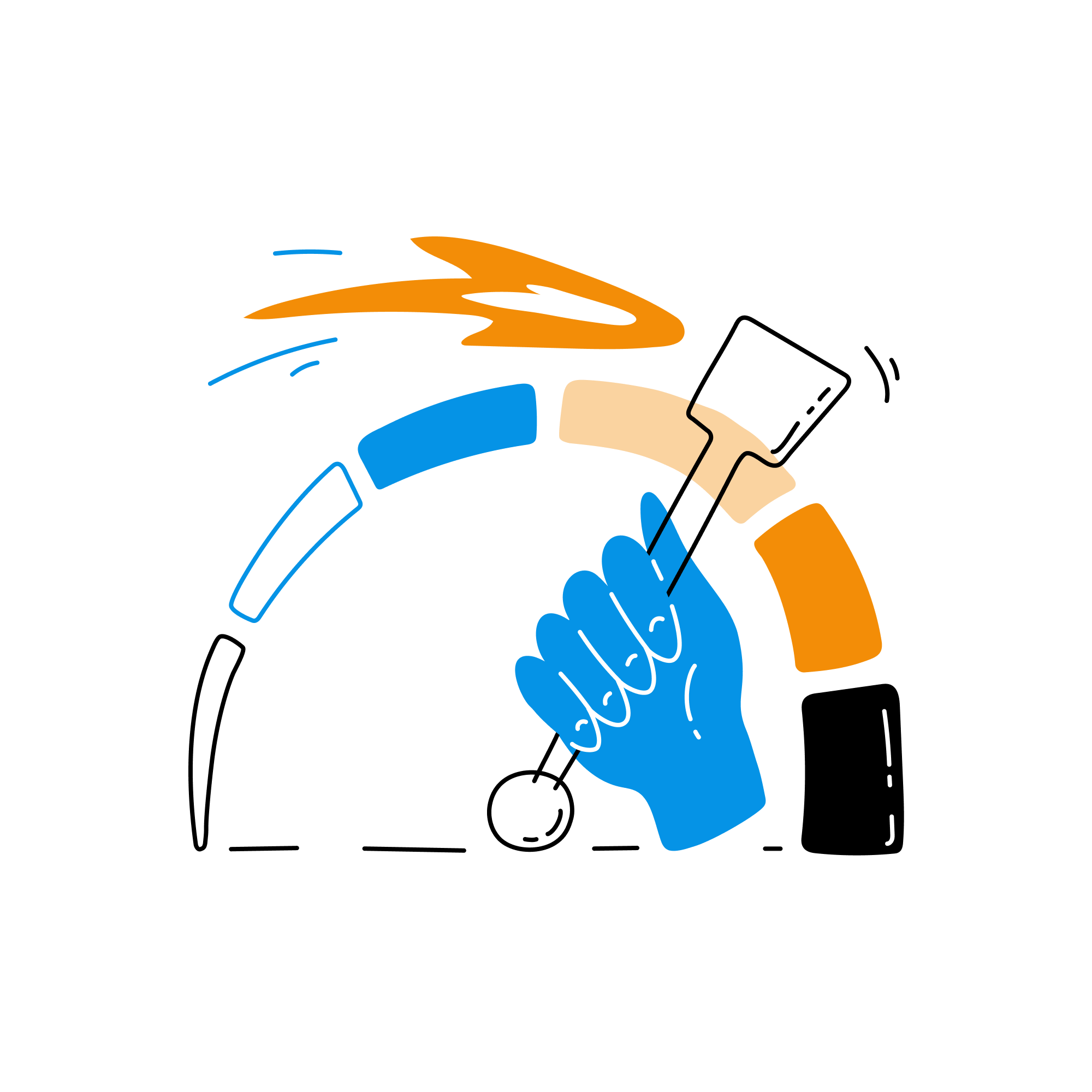Master Conversion Rate Optimization with Google Analytics
Loves Data
In today's competitive digital marketing landscape, increasing your website's conversion rate is a critical priority for driving business success. Conversion rate optimization (CRO) involves identifying barriers that prevent users from taking desired actions and making necessary changes to enhance the overall user experience. By effectively leveraging Google Analytics, you can gain valuable insights into user behavior, uncover potential issues, and implement data-driven strategies to optimize your website's conversion rates.
In this article, we'll explore the key features of Google Analytics that support effective CRO. We'll discuss essential CRO metrics and how to monitor them within the platform, and outline strategies for improving your conversion rates by analyzing user behavior, implementing recommended and custom events, and leveraging custom reports such as funnel exploration reports. Additionally, we'll provide best practices for executing successful A/B tests to refine your website design and user experience, ensuring that your CRO efforts are well-informed and results-driven.
At Loves Data, we're dedicated to helping marketing professionals like you excel in the world of digital marketing and analytics. As specialists in Google Analytics and Google Ads, our mission is to empower you with the knowledge and expertise necessary to make data-driven decisions and optimize your marketing efforts effectively. Together, we'll unravel the secrets of efficient conversion rate optimization using Google Analytics, ensuring that your website delivers the best possible user experience and maximizes your return on investment.
So, let's dive in and uncover the power of Google Analytics for efficient conversion rate optimization, transforming your digital marketing efforts and driving success for your business.
Key Metrics for Conversion Rate Optimization in Google Analytics
Before diving into specific CRO strategies, it's essential to understand the critical metrics available within Google Analytics that can inform your optimization efforts.
Conversion Rate
User conversion rate measures the proportion of users who completed a specific goal or action, such as making a purchase or submitting a contact form. While session conversion rate measures the percentage of sessions that included a conversion. These metrics are vital in understanding the overall effectiveness of your website in driving desired visitor behavior.

Bounce Rate
Bounce rate indicates the percentage of sessions that weren’t considered ‘engaged’. This includes sessions that were less than 10 seconds, that only included a single page view, or that didn’t include a conversion event. Overall, bounce rate shows you sessions where people landed on your website and left without taking any further action. A high bounce rate may suggest that your content or layout is not effectively engaging users, leading them to exit without engaging further.
Average Session Duration and Views per Session
These metrics provide insights into how users are engaging with your website, including the amount of time spent on the site and the number of pages viewed during a session. Higher values typically indicate more in-depth engagement and a higher likelihood of conversions.
Analyzing User Behavior with Google Analytics
To optimize your website for conversions, understanding and analyzing your users' behavior is crucial. Google Analytics offers several tools and reports to help you gain insights into how users are interacting with your site.
Recommended and Custom Events
Apart from events that Google Analytics automatically collects, you can implement recommended and custom events to monitor additional user actions on your website, such as clicking a button or viewing a promotion. By implementing recommended and custom events, you can gain additional insights into the actions that lead to conversions or help identify potential issues within your site.
Path Exploration Report
You can create a custom Path Exploration report in Google Analytics to visualize the paths users take on your website, helping you understand their journey and identify any roadblocks or drop-off points. This can provide valuable information for refining your website design and layout to streamline the user experience and improve conversion rates.
Leveraging Funnel Exploration for CRO
Funnel Exploration reports is another powerful report for understanding and optimizing your website's conversion process. You can define your conversion funnel in the Google Analytics Funnel Exploration report to identify the steps in the user journey where potential customers drop off before completing your desired action.

Creating a Funnel Exploration
To create a Funnel Exploration report, you define the steps that users must take to complete your desired actionl. For example, an e-commerce site may have a funnel that includes product browsing, adding an item to the cart, and completing the checkout process. Once you’ve added these steps oto the Funnel Exploration report, you will be able to visualize the performance of seach step leading to purchases. Plus, you can drill-down by creating segments for abandonments in the funnel.
Identifying Leaks in the Funnel
Once you’ve created the Funnel Exploration report, you can analyze the report to identify areas where users are dropping off or abandoning the process. This can help you pinpoint issues with specific pages or steps, enabling you to make targeted improvements to boost conversion rates.
Implementing A/B Testing for Conversion Rate Optimization
A/B testing is a powerful technique for refining your website's user experience and conversion rates. This process involves creating two versions of a page or element and testing their performance against one another to determine which is more effective in driving desired user actions.
Choosing Elements for A/B Testing
Identify elements on your website that may impact user behavior and conversion rates, such as headlines, call-to-action buttons, images, or layout. Focus on elements that you believe can have a significant effect on user engagement and conversion rates.

Analyzing A/B Tests
Most popular A/B testing tools integrate with Google Analytics. This let’s you monitor the performance of your tests and perform additional analysis to support the results presented in your testing platform. Once integrated, you will be able to use Google Analytics to compare the impact of your tests on conversion rates and other critical metrics. This will help you identify the most effective option and make informed decisions about your website design and user experience.
Conclusion
Efficient conversion rate optimization begins with the power of Google Analytics. By understanding critical CRO metrics, analyzing user behavior, leveraging funnel visualization, and implementing A/B testing, you can uncover valuable insights and make data-driven improvements to your website. With the help of Loves Data's expert guidance, you can make the most of Google Analytics and achieve exceptional results with your digital marketing efforts.
Dive into the world of Google Analytics, master efficient conversion rate optimization, and experience the transformative impact these strategies can have on your marketing success. Unlock the potential of your website and drive maximum returns on your digital marketing investments. Sign up with Loves Data’s Google Analytics courses today!




Comments